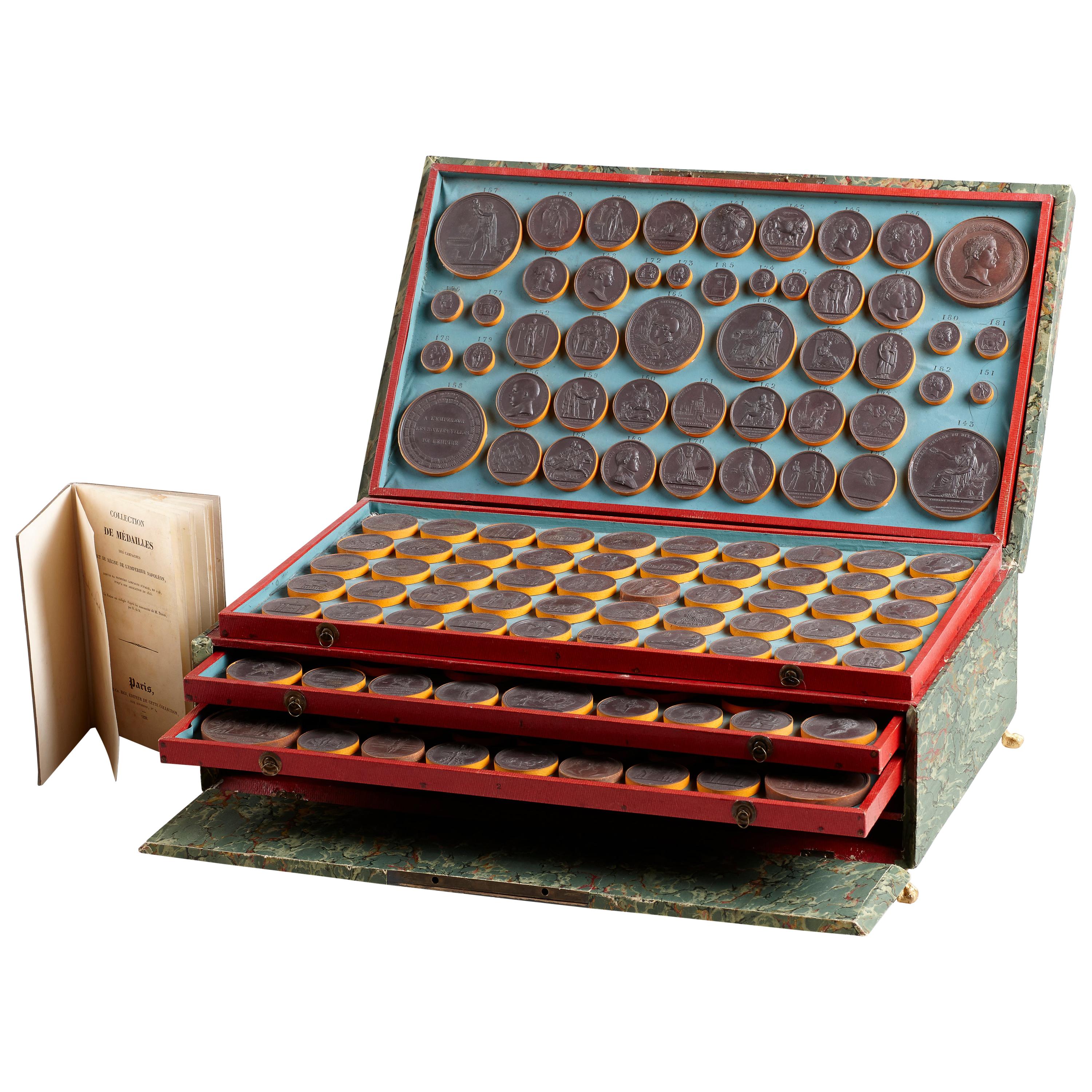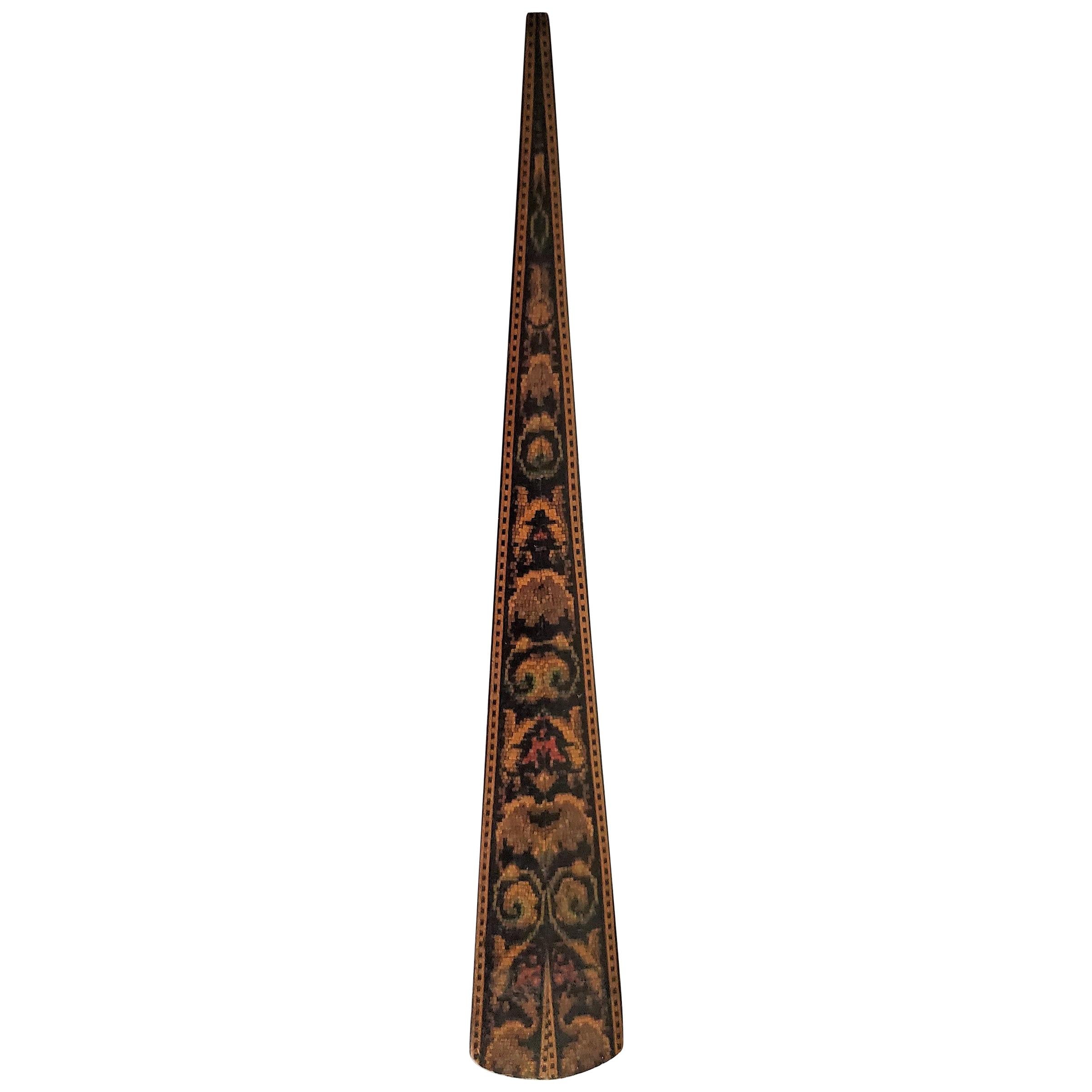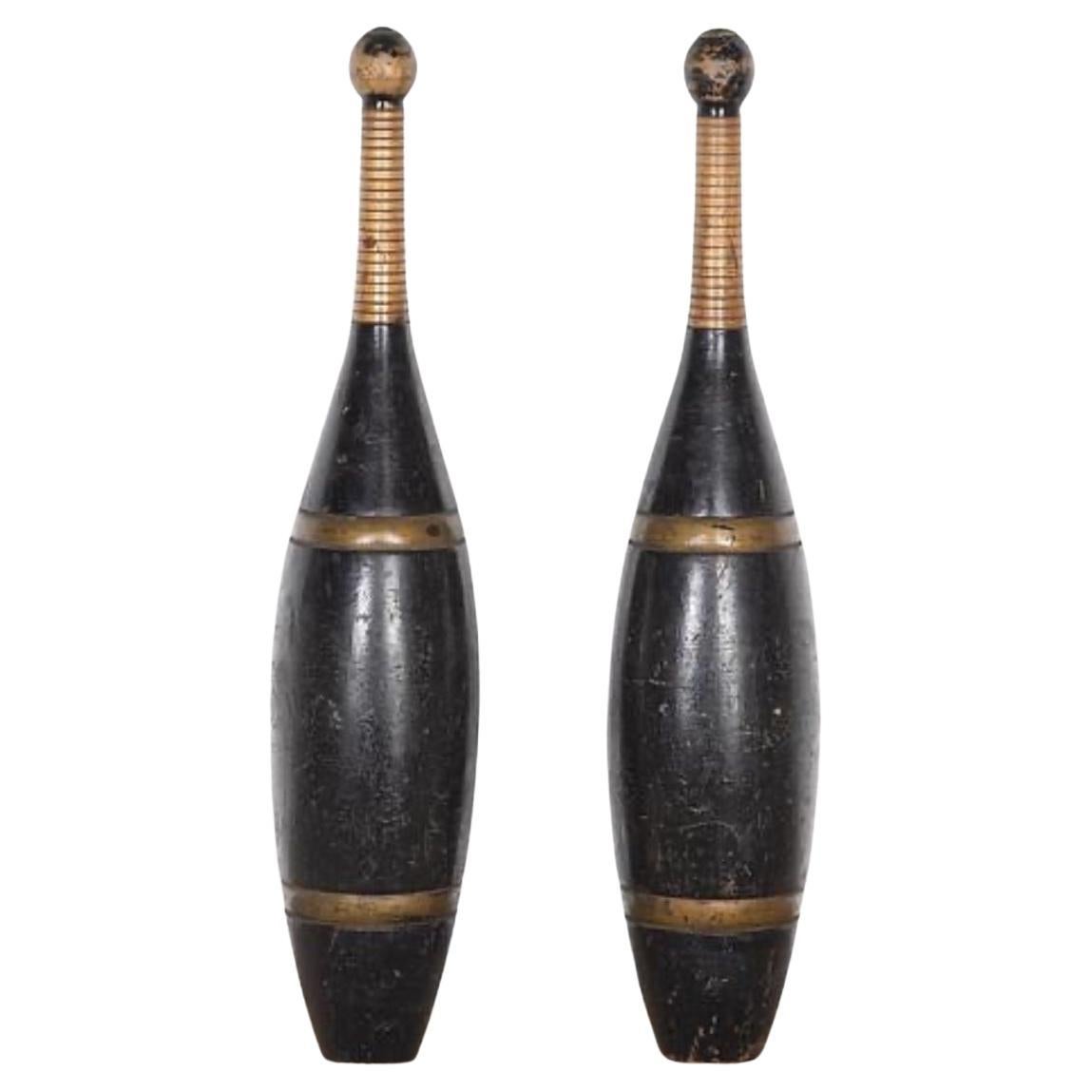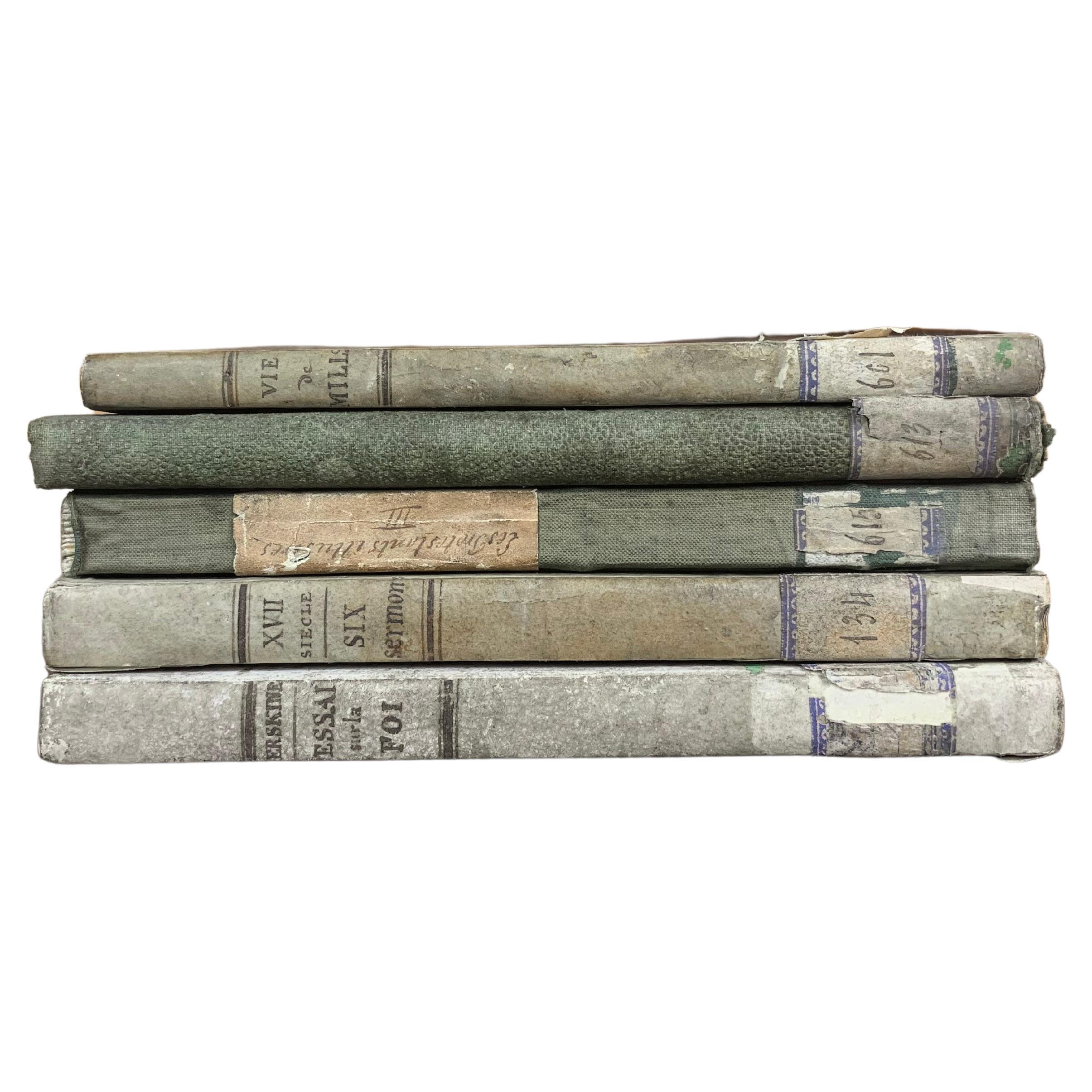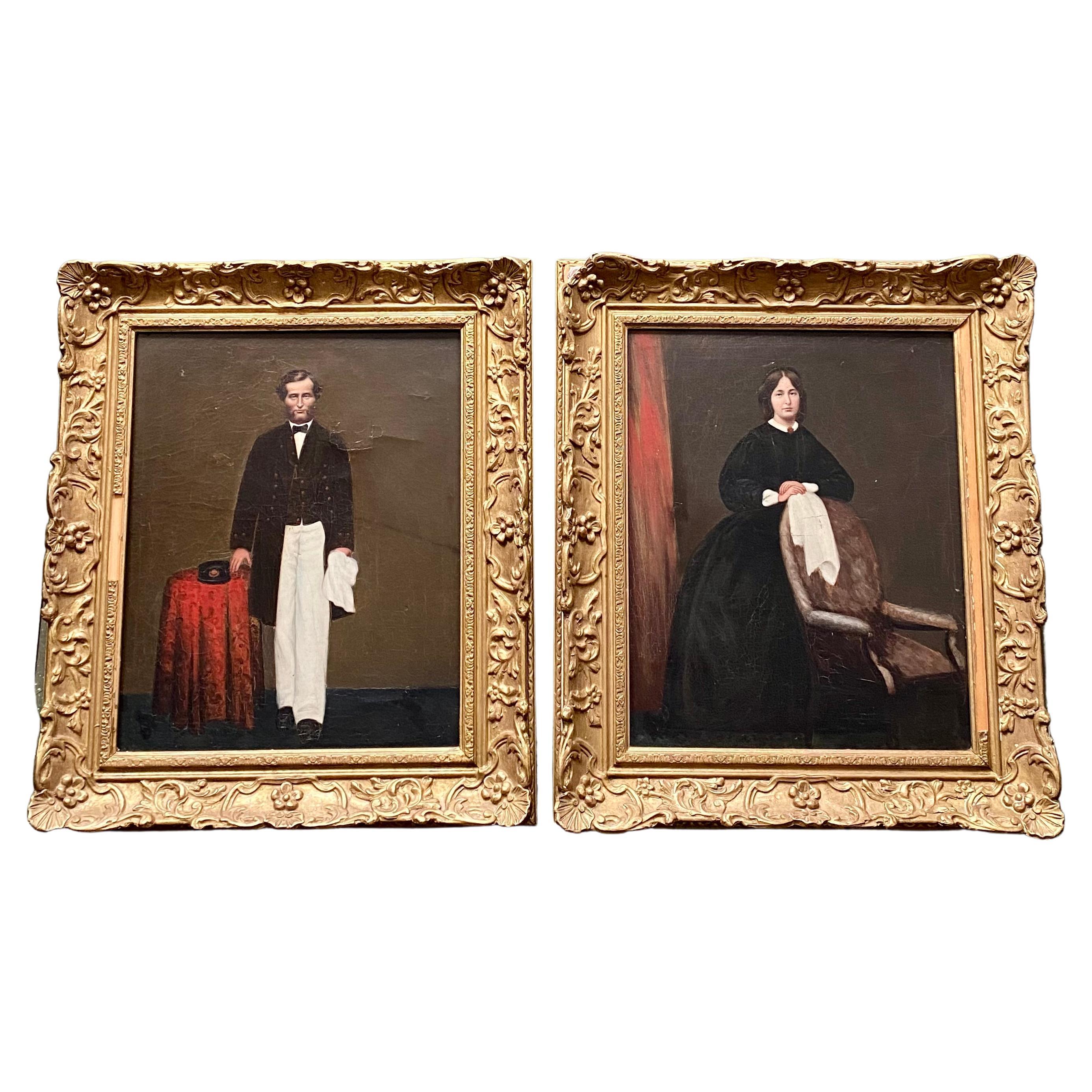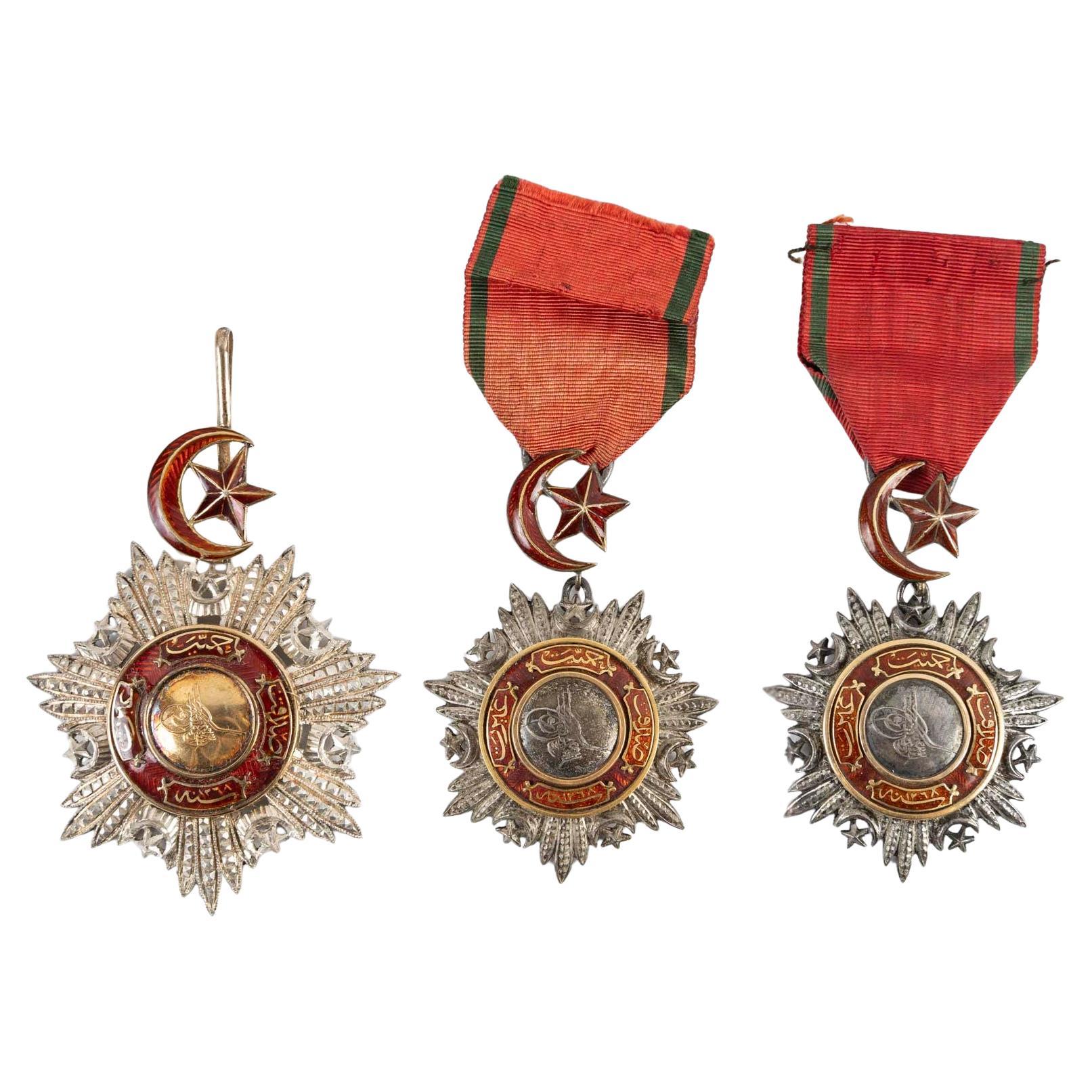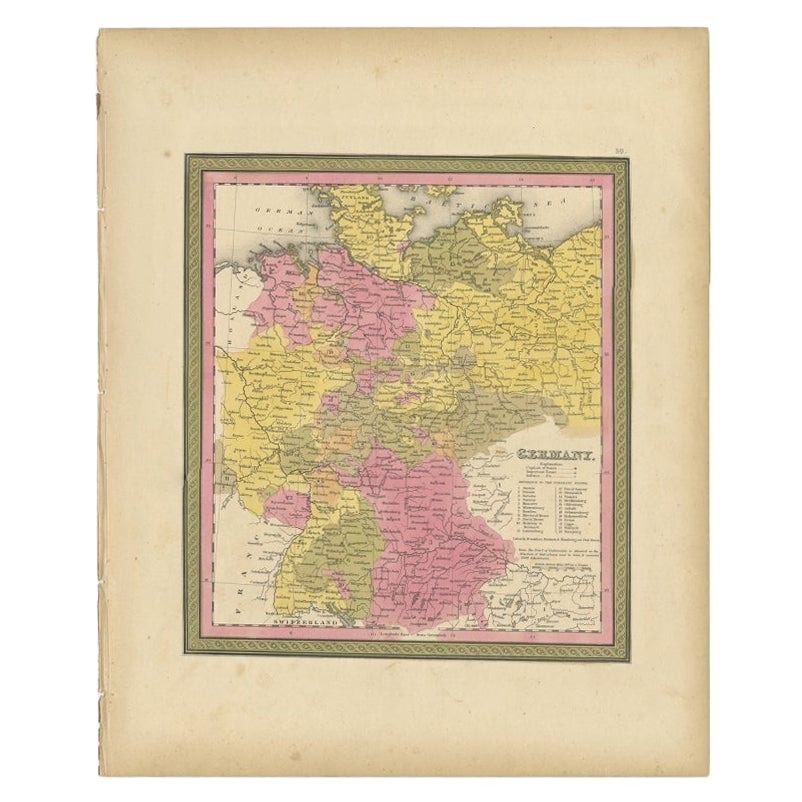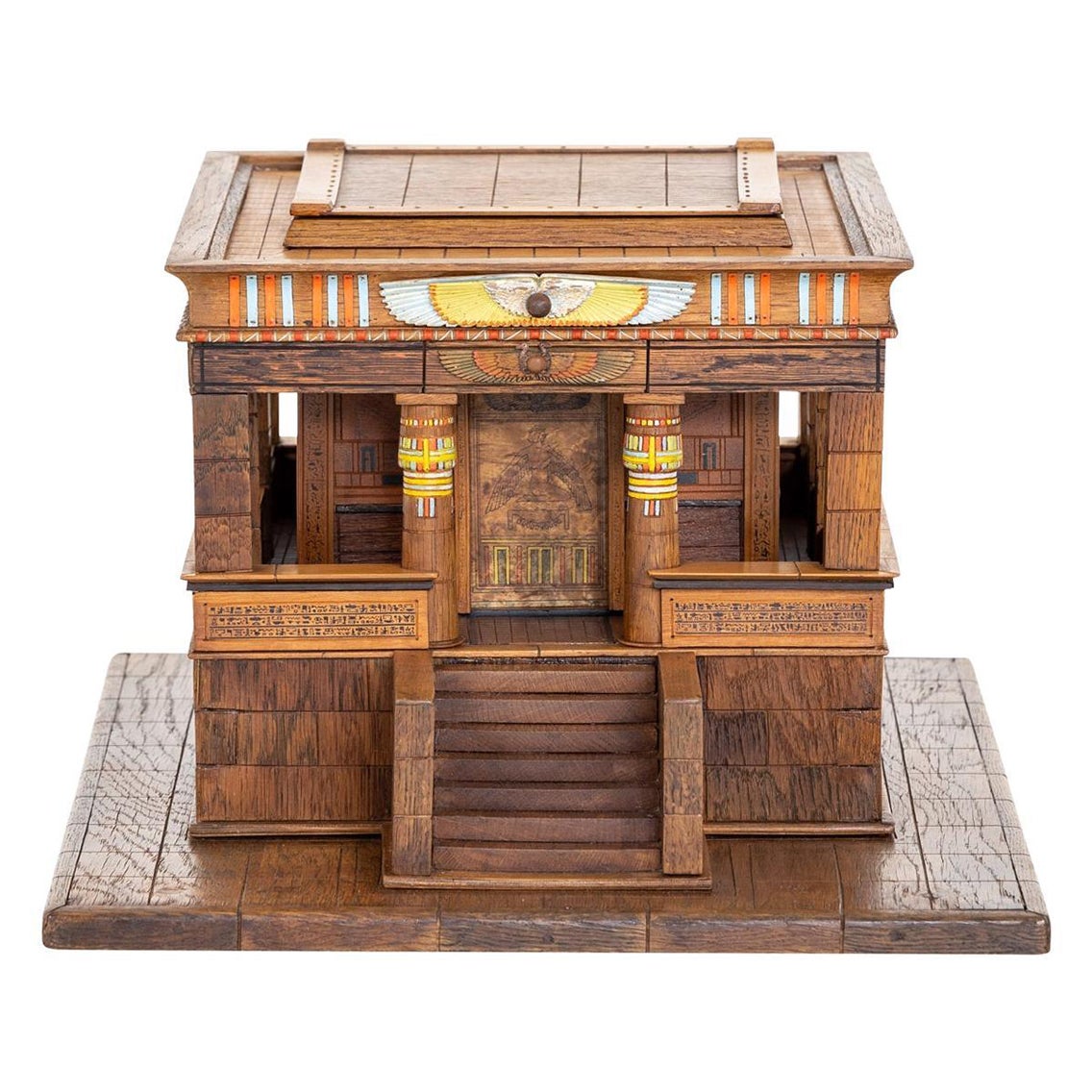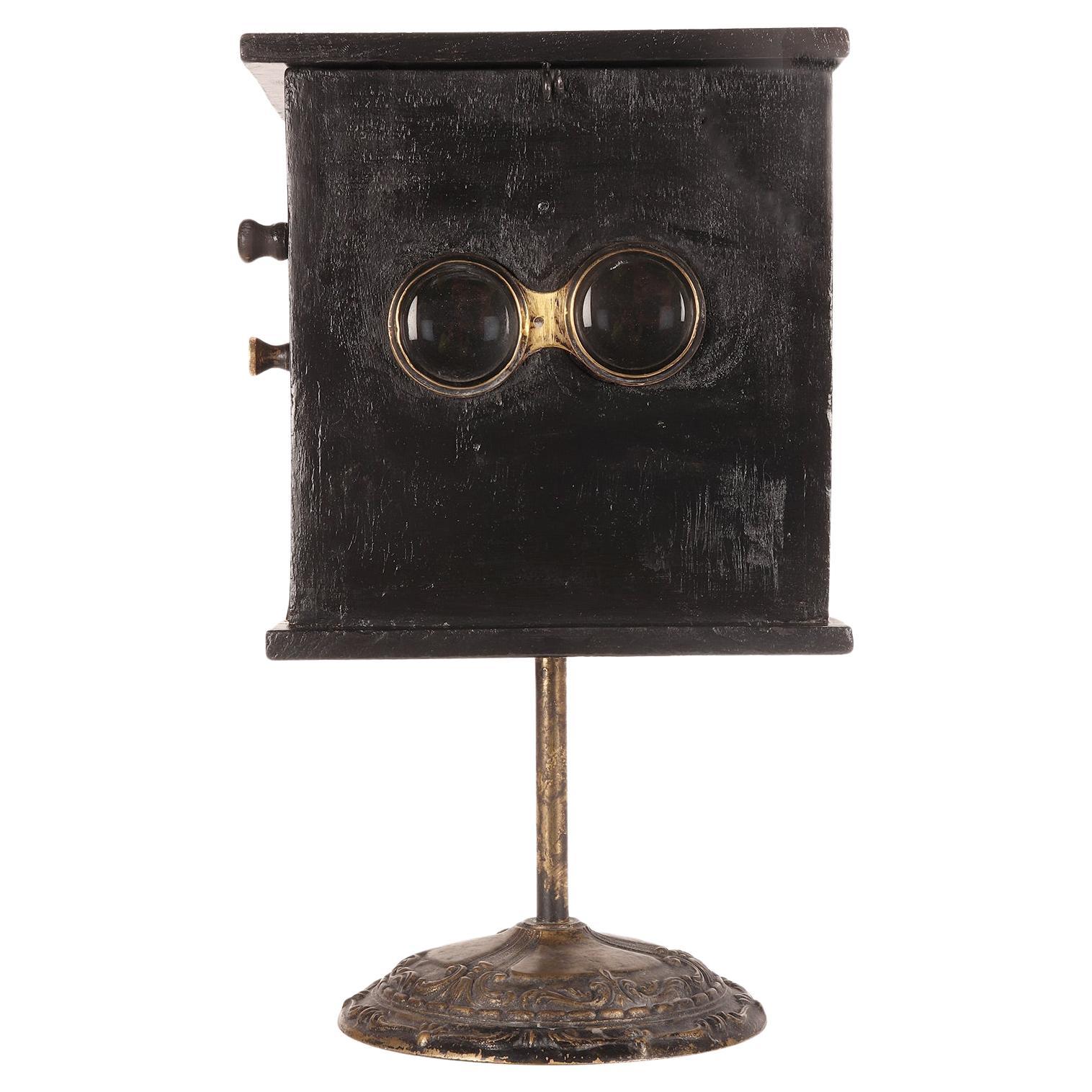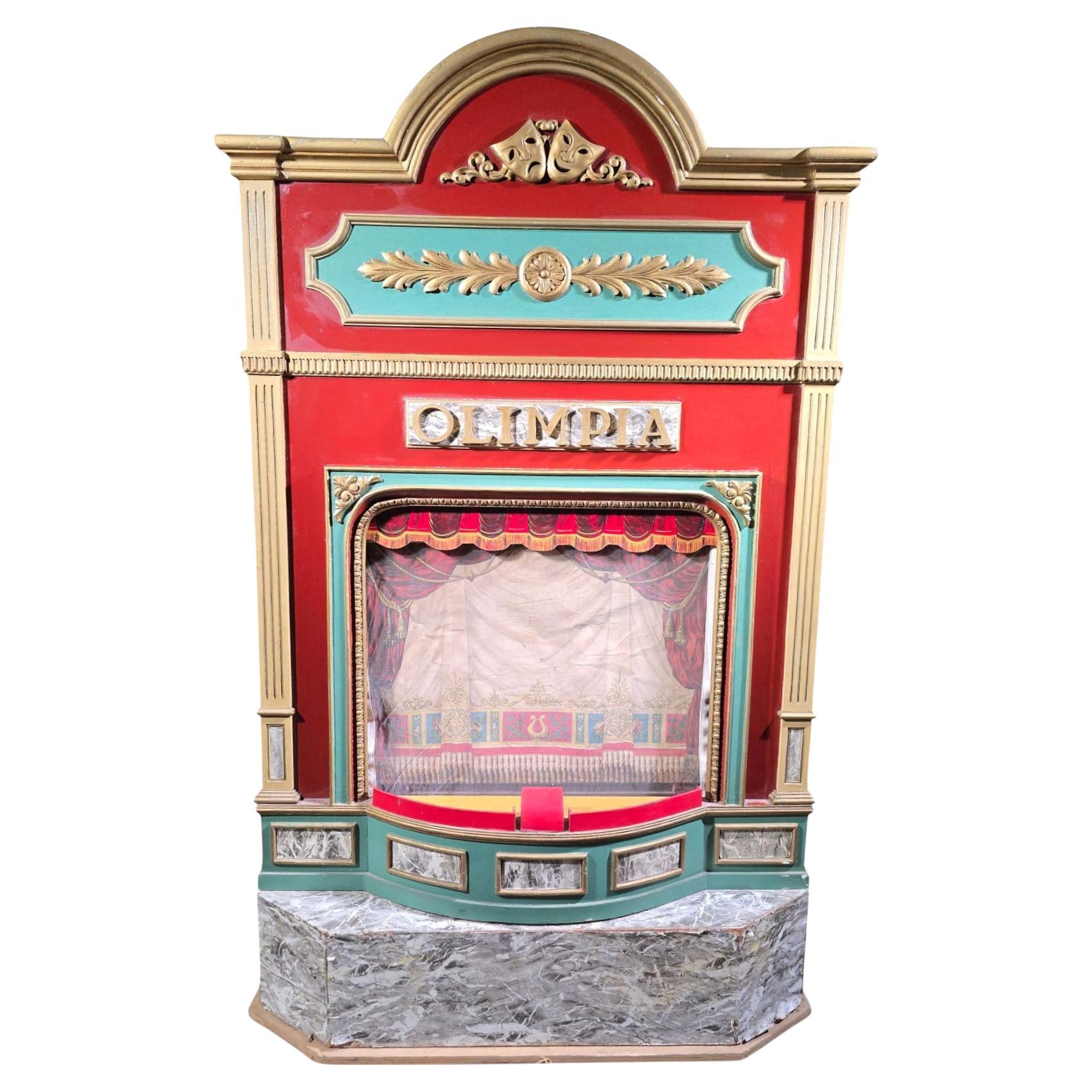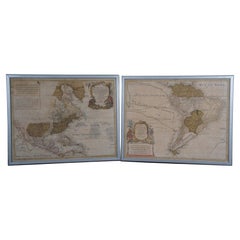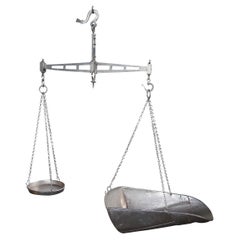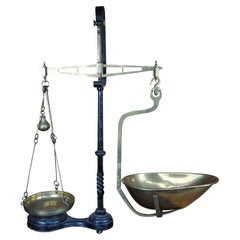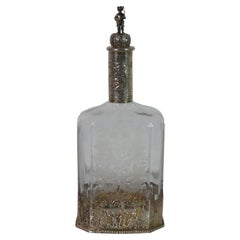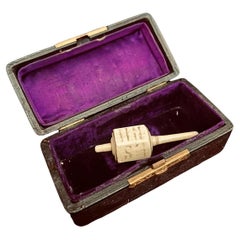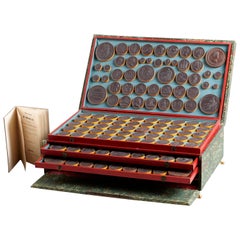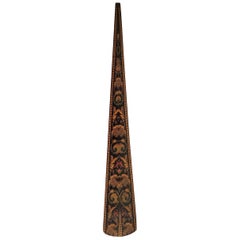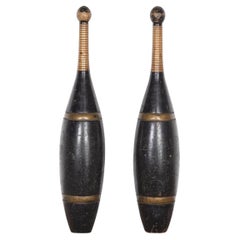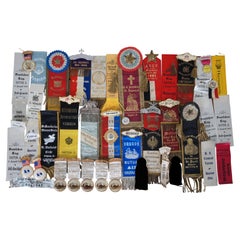
Rare Antique 19th Century Lot of 41 German Labor Trade Union Ribbons Medals Pins
View Similar Items
Want more images or videos?
Request additional images or videos from the seller
1 of 13
Rare Antique 19th Century Lot of 41 German Labor Trade Union Ribbons Medals Pins
About the Item
- Dimensions:Height: 12.75 in (32.39 cm)Width: 4.5 in (11.43 cm)Depth: 0.25 in (6.35 mm)
- Sold As:Set of 43
- Style:Victorian (Of the Period)
- Materials and Techniques:
- Period:
- Date of Manufacture:19th Century
- Condition:Wear consistent with age and use. Good Antique Condition - Various degrees of wear commensurate with use/age.
- Seller Location:Dayton, OH
- Reference Number:Seller: 379641stDibs: LU5343234496832
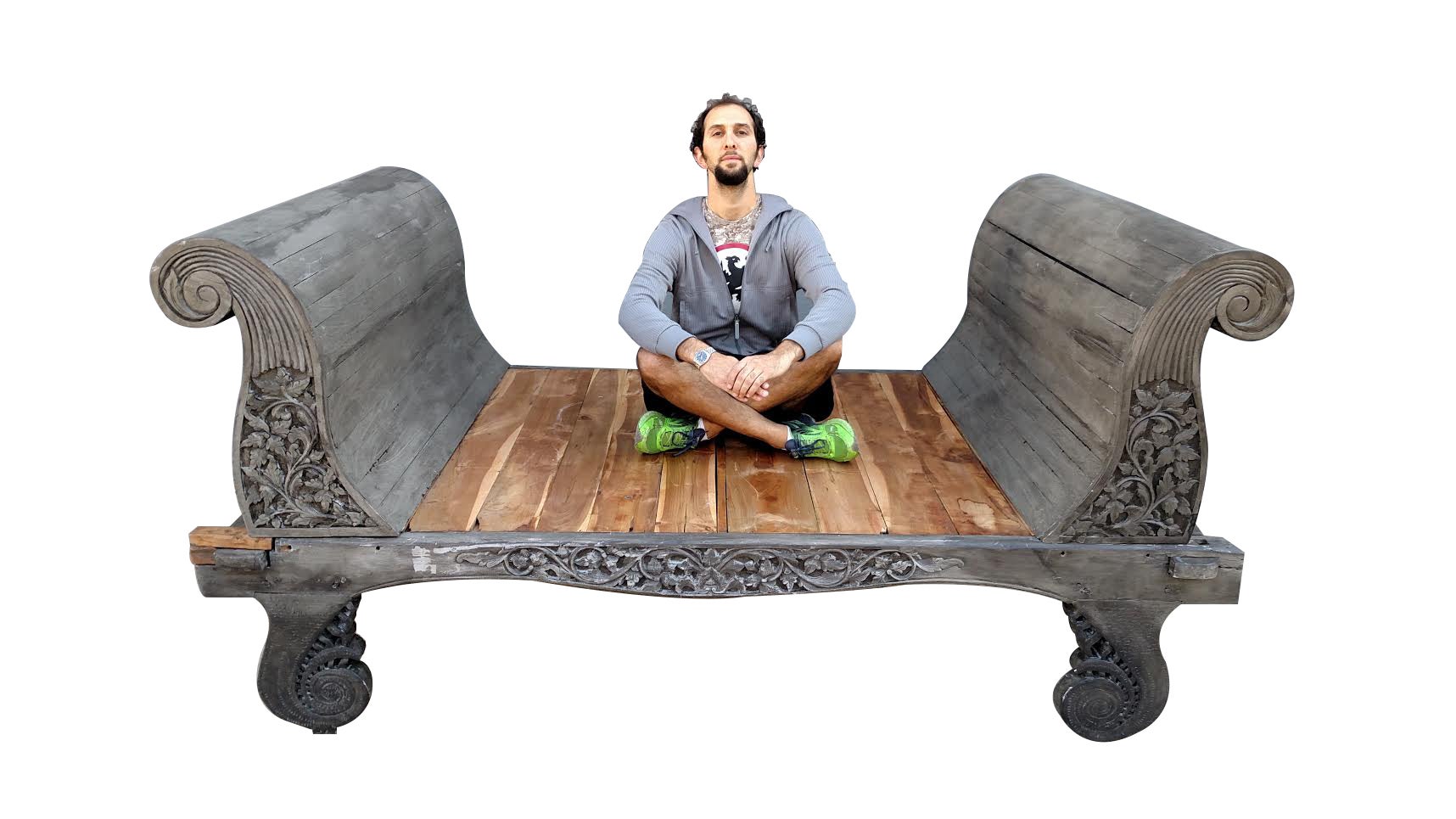
About the Seller
5.0
Platinum Seller
Premium sellers with a 4.7+ rating and 24-hour response times
Established in 2010
1stDibs seller since 2020
1,563 sales on 1stDibs
Authenticity Guarantee
In the unlikely event there’s an issue with an item’s authenticity, contact us within 1 year for a full refund. DetailsMoney-Back Guarantee
If your item is not as described, is damaged in transit, or does not arrive, contact us within 7 days for a full refund. Details24-Hour Cancellation
You have a 24-hour grace period in which to reconsider your purchase, with no questions asked.Vetted Professional Sellers
Our world-class sellers must adhere to strict standards for service and quality, maintaining the integrity of our listings.Price-Match Guarantee
If you find that a seller listed the same item for a lower price elsewhere, we’ll match it.Trusted Global Delivery
Our best-in-class carrier network provides specialized shipping options worldwide, including custom delivery.More From This Seller
View All18th Century Antique Conrad Lotter Septentrionalis Meridionalis American Maps
Located in Dayton, OH
Pair of rare hand colored maps from the 1770's, depicting "America Septentrionalis" (North America), engraved by Georg Friedrich Lotter and America Meridionalis (South America), engr...
Category
Antique 18th Century Maps
Materials
Paper
$2,400 Sale Price
20% Off
Rare Antique 19th C Reuben Sutcliffe English Nickel Plated Hanging Balance Scale
Located in Dayton, OH
Monumental 19th century English general store balance by Reuben Sutcliffe of Manchester. Made from Iron with a rich nickel plated finish. The company traded on Thomas Street, Manches...
Category
Antique Late 19th Century Industrial Scientific Instruments
Materials
Iron, Nickel
$2,500 Sale Price
50% Off
Antique Bayliss & Co 19th Century English Brass Apothecary Counter Scale Balance
By Bayliss & Coulthard
Located in Dayton, OH
An antique 4 lb mercantile balance by Bayliss & Co of Birmingham, England. Features a twisted iron stand and brass balance with tray and scoop. Makers mark engraved along top arm.
Category
Antique Late 19th Century Victorian Scientific Instruments
Materials
Brass, Iron
$640 Sale Price
20% Off
Antique 19th Century German Figural Hanau Silver Overlay Decanter Bottle
Located in Dayton, OH
Antique Victorian German decanter bottle and figural stopper attributed to Jakob Storck & Sinsheimer. Made of 800 silver and etched glass featuring a b...
Category
Antique Late 19th Century Victorian Barware
Materials
Silver
$560 Sale Price
20% Off
Antique 20 Pc Assorted Lot Cricket Stumps Gloves Wood Bocce Croquet Balls
Located in Dayton, OH
20 piece lot of assorted antique sports equipment including 4 wooden cricket stumps (no bails), 3 cloth and rubber spiked cricket batting gloves, and 13 wooden lawn balls...
Category
Early 20th Century Sports Equipment and Memorabilia
Materials
Fabric, Rubber, Hardwood, Paint
$240 Sale Price / set
20% Off
Antique 1868 German Catholic Journeymen Association Embroidered Flag 71"
Located in Dayton, OH
An antique circa 1868 German Catholic heraldic Flag. Front reads: Katholischer Gesellen Verein (Catholic Journeymen Association) / Gegrundet 1868 (Fo...
Category
Antique 1860s Late Victorian Historical Memorabilia
Materials
Metal
$468 Sale Price
20% Off
You May Also Like
Antique Rare Judaica Dreidel Germany 19th Century
Located in Doha, QA
An absolutely unique Bone Dreidel originated from Germany in 19th century. It has six sides shaping Star of David. Each side has one or two Yiddish letters on top which refer to an O...
Category
Antique 19th Century German Religious Items
Materials
Bone
Rare French, Early 19th Century Napoleonic Medal Cabinet
Located in Worpswede / Bremen, DE
Rare French early 19th century Napoleonic medal cabinet on four gilt bronze pawfeet, a hinged door to the top and front opening to reveal four drawers containing 184 very fine bronzed plaster medals...
Category
Antique Early 19th Century French Empire Historical Memorabilia
Materials
Plaster, Wood, Paper
Rare 19th Century English Tunbridgeware Hair Pin or Slide
Located in Dallas, TX
PRESENTING an EXTREMELY UNIQUE and RARE 19C British Tunbridgeware Hair Pin/Bobbin or Slide.
This slide is unlike any of it’s kind we have seen before, it is a VERY RARE survivor.
From circa 1860 – 80 and made in Tunbridge Wells, England.
Made of walnut with gorgeous marquetry inlay on the entirety of the front with classic Tunbridgeware micro-mosaic all over the front. The rear is walnut.
The marquetry inlay appears to be various different woods, namely, maple, walnut and satinwood.
Would have been worn in a Lady’s hair bun with the micro-mosaic facing forward.
This would have belonged to a VERY ELEGANT LADY in the mid to late 19th Century.
Tunbridge ware is a form of decoratively inlaid woodwork, typically in the form of boxes, that is characteristic of Tonbridge and the spa town of Royal Tunbridge Wells in Kent in the 18th and 19th centuries. The decoration typically consists of a mosaic of many very small pieces of different coloured woods that form a pictorial vignette. Shaped rods and slivers of wood were first carefully glued together, then cut into many thin slices of identical pictorial veneer with a fine saw. Elaborately striped and feathered bandings for framing were pre-formed in a similar fashion.
There is a collection of Tunbridge ware in the Tunbridge Wells Museum and Art Gallery in Tunbridge Wells.
The famous makers of Tunbridge ware were in the Tunbridge Wells area of Kent; their most notable work was from circa 1830-1900.
Early makers of Tunbridge ware, in Tunbridge Wells in the mid-18th century, were the Burrows family, and Fenner and Co. In the 19th century, around 1830, James Burrows invented a technique of creating mosaics from wooden tesserae. Henry Hollamby, apprenticed to the Burrows family, set up on his own in 1842 and became an important manufacturer of Tunbridge ware, employing about 40 people.
Edmund Nye (1797–1863) and his father took over the Fenner company when William Fenner retired in 1840, after 30 years in partnership with him. Thomas Barton (1819–1903), previously apprenticed at the Wise factory, joined the Nyes in 1836, and worked as Nye’s designer; he took over the business in 1863 and continued there until his death.
In Tonbridge (near to Tunbridge Wells), George Wise (1703–1779) is known to have had a business in 1746. It continued with his son Thomas, and Thomas’s nephew George (1779–1869), who took over in 1806. In its early years the company made articles such as workboxes and tea caddies with prints of popular views; later items had pictures created from mosaics. Their workshop in Tonbridge, Wise’s Tunbridge Ware Manufactory, was next to the Big Bridge over the Medway; the building was demolished in 1886 to widen the approach to the bridge.
Tunbridge ware became popular with visitors to the spa town of Tunbridge Wells, who bought them as souvenirs and gifts. Articles included cribbage boards, paperweights, writing slopes, snuffboxes and glove boxes.
At the Great Exhibition of 1851, Tunbridge ware by Edmund Nye, Robert Russell and Henry Hollamby was shown; Edmund Nye received a commendation from the judges for his work. He exhibited a table depicting a mosaic of a ship at sea; 110,800 tesserae were used in making the picture.
The manufacturers of Tunbridge ware were cottage industries, and they were no more than nine in Tunbridge Wells and one in Tonbridge. The number declined in the 1880s; competent craftsmen were hard to find, and public tastes changed. After the death of Thomas Barton in 1903 the only surviving firm was Boyce, Brown and Kemp, which closed in 1927.
Marquetry was an old technique which was continued by Nye and Barton to create images such as birds or butterflies.
‘Green Oak’ as caused by the fungus Chlorociboria aeruginascens.
Stickware and half-square mosaic was invented by James Burrows in about 1830: a bunch of wooden sticks of different colours, each having triangular or diamond-shaped cross section, were tightly glued together; in the case of stickware, the resulting block was dried, then turned to form an article such as the base of a pincushion. For half-square mosaic, thin slices were taken from the composite block, and applied to a surface.
Tesselated mosaic, was a development by James Burrows of half-square mosaic; it was adopted by George Wise and Edmund Nye. Minute tesserae were used to form a wide variety of geometric and pictorial designs.
Many sorts of wood were used for the various colours; about 40 were in regular use. Only natural colors were used; green was provided by “green oak”, produced by the action of fungus on fallen oak. Designs for articles were often taken from designs of Berlin wool work.
Category
Antique Late 19th Century English High Victorian Collectible Jewelry
Materials
Satinwood, Walnut
Pair of 19th Century Juggler Pins
Located in Los Angeles, CA
These 19th-century English juggler’s pins, with their ebonized finish and slender, tapered form, carry a sense of mystery and history in their weathered appearance. Highlighted by go...
Category
Antique 1890s English Games
Materials
Wood
$2,475 / set
Lot of Old Books from the 19th Century France
Located in Beuzevillette, FR
Set of old books dating from the 19th century. For example we have a book on "essays on liver". From an old protestant library near Le Havre in France. These...
Category
Antique 19th Century French Books
Materials
Paper
19th Century China Trade Pair of Portraits of Sea Captain and Wife
Located in Nantucket, MA
19th Century China Trade Pair of Portraits of Sea Captain and Wife, circa 1850s, matched pair of Chinese Export oil on canvas full length portraits of a Sea Captain and his wife, painted on commission in Hong Kong or a related China Trade port. The captain wears a double breasted wool greatcoat over a high collar white shirt with bow tie, black waistcoat...
Category
Antique 1850s Hong Kong Victorian Paintings
Materials
Canvas
Recently Viewed
View AllMore Ways To Browse
1847rogers Bros
18Th Century Antique Apothecary Jars
18th Century Nautical Engraving
18th Century Punch Bowl
1937 Coronation
1940s Boots
1940s French Bergere Chair
1950s Cowhide Armchairs
1970s Wassily Chair
1970s Glass Dining Table 6 Chairs
1970s Record Player
1980s Counter Stool
19th C Walnut Dining Set
19th Century Anglo Indian Cane
19th Century French Walking Canes
19th Century Office Swivel Chairs
20th Century Bamboo Club Chairs
20th Century Naugahyde Benches

